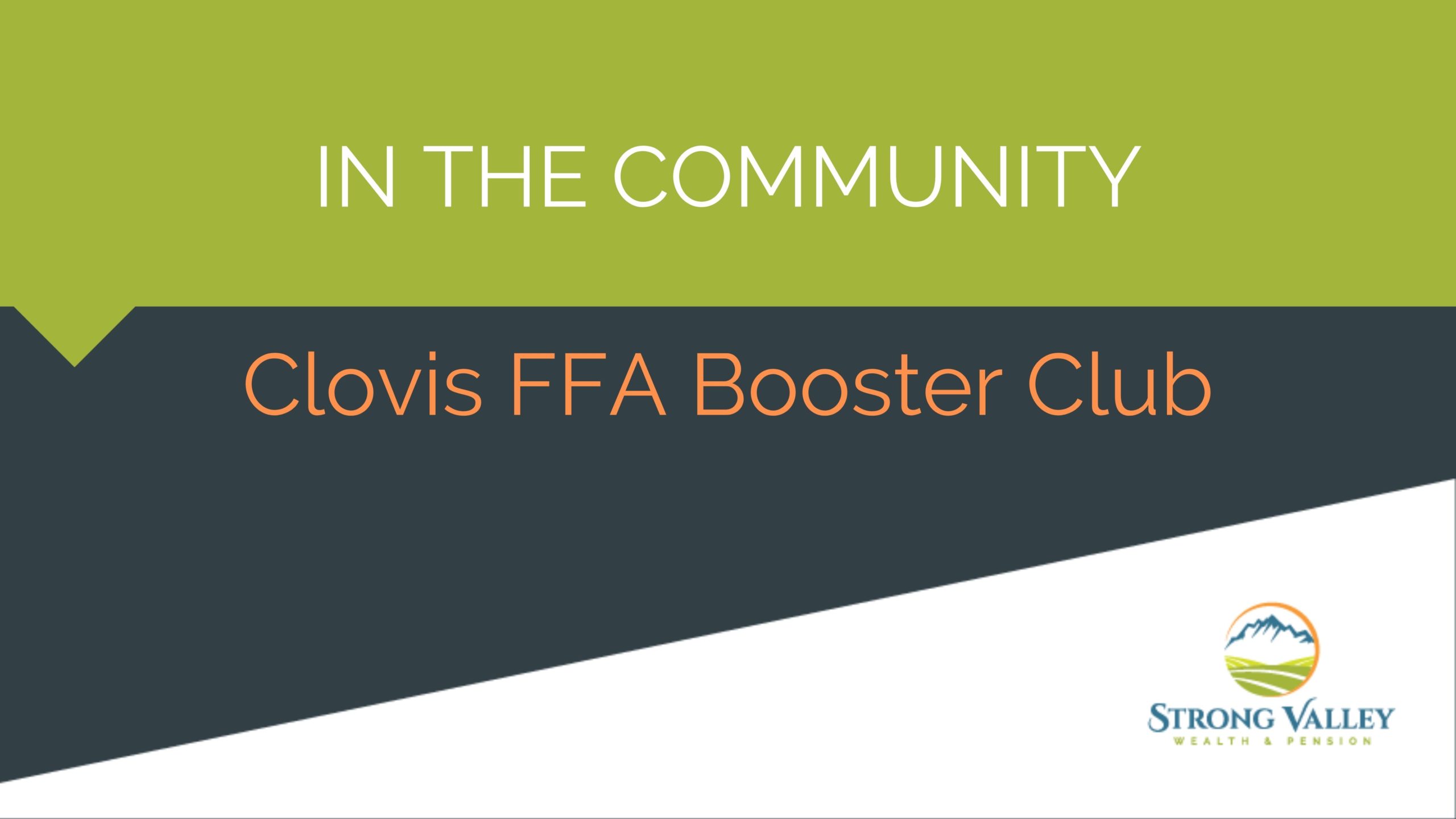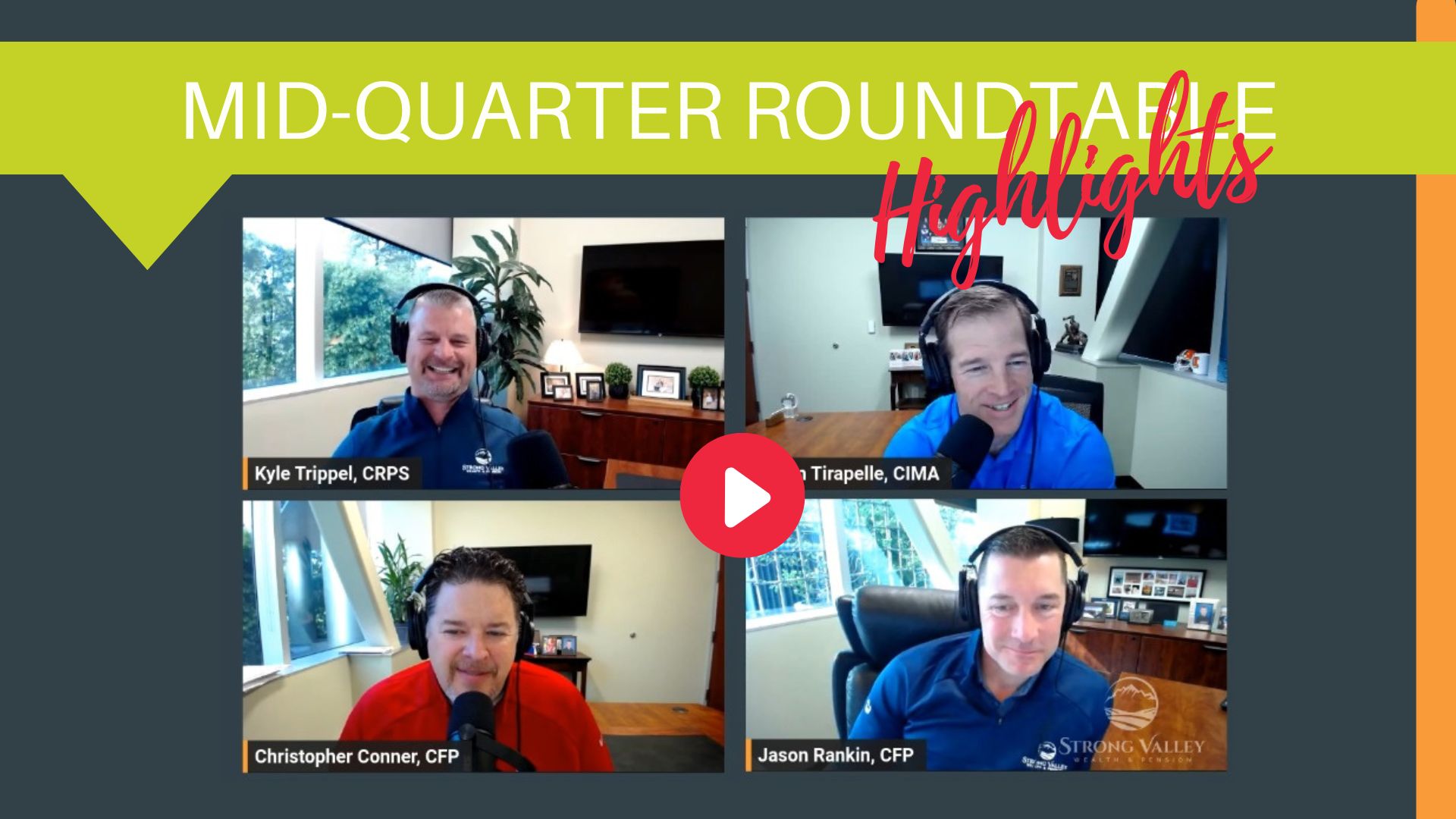You are now leaving the Strong Valley Wealth & Pension, LLC ("Strong Valley") website. By clicking on the "Schwab Alliance Access" link below you will be entering the Charles Schwab & Co., Inc. (“Schwab”) Website. Schwab is a registered broker-dealer, and is not affiliated with Strong Valley or any advisor(s) whose name(s) appears on this Website. Strong Valley is/are independently owned and operated. Schwab neither endorses nor recommends Strong Valley. Regardless of any referral or recommendation, Schwab does not endorse or recommend the investment strategy of any advisor. Schwab has agreements with Strong Valley under which Schwab provides Strong Valley with services related to your account. Schwab does not review the Strong Valley website(s), and makes no representation regarding the content of the Website(s). The information contained in the Strong Valley website should not be considered to be either a recommendation by Schwab or a solicitation of any offer to purchase or sell any securities.

Remember, early planning puts time on your side. Whether retirement is around the corner or decades away, there are more options than ever to help you plan for it. Traditional IRAs, Roth IRAs and 401(k) Plans are a few popular financial vehicles which offer tax benefits that can help you save for your future. This article gives a brief summary of these options.

Whether retirement is around the corner or decades away, there are more options than ever to help you plan for it. Let’s look at Individual Retirement Accounts (IRAs) and 401(k) plans, which offer tax benefits that can help you save for your future.
Traditional IRAs are one of the most popular retirement savings vehicles. In 2021, you can contribute up to $6,000 to your traditional IRA. (Note: the limit applies to the total of all IRAs that a person may hold in a given tax year).
If you are age 50 or older, you can make additional “catch-up” contributions of up to $1,000. Earnings have the potential for tax-deferred growth, and contributions may be tax deductible, depending on your income and participation in an employer-sponsored retirement plan.
Because IRAs are intended to help you save for retirement, rules govern when you can begin accessing funds. Distributions before the age of 59½ may be subject to a 10% Federal income tax penalty, in addition to the income tax that will be due. However, there are exceptions to the 10% penalty, such as withdrawals to pay for qualified higher education expenses or to fund up to $10,000 of your first home.
Roth IRAs operate differently from traditional IRAs. Contributions are not tax deductible, but earnings have the potential for tax-deferred growth and qualified distributions are tax free.
You are eligible to make a full contribution ($6,000 in 2021, or $7,000 for those age 50 and older) to a Roth IRA if your modified adjusted gross income (MAGI) does not exceed $139,000 for single filers or $206,000 for joint filers in 2021 (contributions phase out for those within certain income ranges too).
As with traditional IRAs, a 10% Federal income tax penalty may apply to distributions taken from your Roth IRA before the age of 59½, unless a qualified exception applies. Furthermore, before tax-free distributions can be received from a Roth IRA, the account must be five years old.
You also may convert an existing traditional IRA to a Roth IRA. The distribution from your traditional IRA will be taxed in the year of conversion, but you won’t be penalized for the early withdrawal, provided you keep the converted funds in the Roth IRA for at least five years.
The 401(k) is a retirement plan offered by thousands of employers to facilitate retirement savings for their employees. As a participating employee, you can contribute the lesser of $19,500 in 2021 or a percentage of salary as defined by the plan.
Those age 50 and older can contribute an additional $6,500. In some cases, your employer may match your contributions up to a certain percentage. This increases your principal at no cost to you.
Contributions to a 401(k) are pre-tax, which means you don’t pay taxes until you withdraw money from the plan. This may be attractive for those who expect to be in a lower tax bracket during retirement than during their working years. In addition, your contributions have the potential to grow on a tax-deferred basis. As with IRAs, nonqualified withdrawals from a 401(k) before the age of 59½ are subject to a 10% Federal income tax penalty, unless a qualified exception applies.
Some employers may also offer a Roth 401(k) option, which allows workers to make Roth IRA-type contributions to their 401(k) plan without the income restrictions and lower contribution limits that apply to Roth IRAs. The contribution limits are the same as for traditional 401(k)s, but salary deferrals to Roth 401(k)s are not tax deductible. Qualified distributions are tax free.
Under the Small Business Jobs Act of 2010, participants in 401(k) plans are now permitted to roll over funds into Roth accounts within their plans. Any eligible funds transferred from traditional to Roth 401(k) accounts are taxed in the year of conversion. It is also important to keep in mind that any employer matching contributions must be made to the traditional side of a 401(k) account, not a Roth.
These are just some of the retirement savings options available. Remember, early planning puts time on your side. Call me to arrange a time when we might discuss which options are best for you and your retirement goals.



